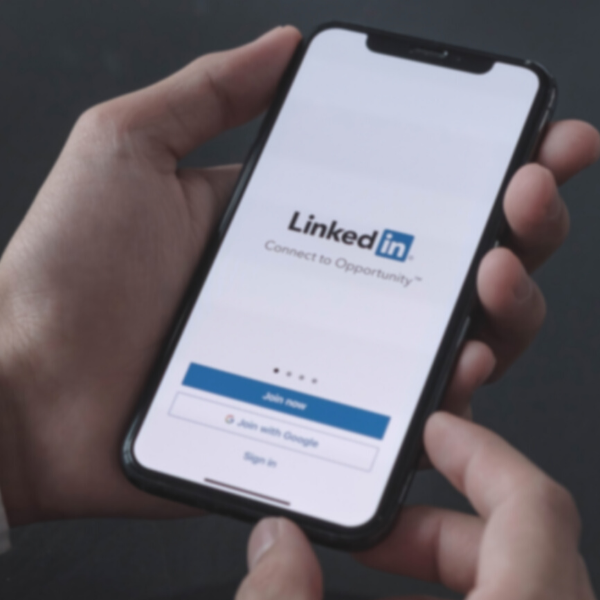Who owns your LinkedIn connections? Though a seemingly straightforward question, there is not a similarly straightforward answer.
Because employers frequently encourage their employees to build professional networks and because employees often do so on company time, some employers have asserted a right to their employees’ LinkedIn connections.
In 2013 regarding the case of Whitmar Publications Limited v. Gamage, the U.K.’s High Court of Justice granted an interim injunction to prevent a company’s former employees from using their LinkedIn contacts to form a competing business. Since that decision, several commentators, including some in the U.S., have suggested that a company might have an ownership interest in their employees’ social media contacts.
It is important to note, however, that this matter is far from settled, and it is yet to be seen whether the U.K. High Court’s decision will have an influence on U.S. law. Indeed, U.S. case law on this matter is sparse.
In 2014, the U.S. District Court for the Central District of California considered whether a former employee’s LinkedIn connections—which he developed during the course of his employment—constituted a trade secret belonging to his former employer. In that case, Cellular Accessories for Less, Inc. v. Trinitas LLC, the district court explained that a company can only assert a trade-secret interest in information that is actually kept secret. Ultimately, the district court denied the defendant-employee’s motion for summary judgment because there were material questions of fact as to whether the employee’s connections were publicly accessible.
The U.S. District Court for the Eastern District of Pennsylvania considered a similar issue in its 2013 Eagle v. Morgan decision. In this case, a company countersued its former employee for “misappropriation of an idea”—a tort recognized in only some states and that requires a plaintiff to demonstrate that the defendant misappropriated an idea that the plaintiff spent time and money developing. Because the company could not demonstrate that it used its own money to develop the employee’s list of professional connections, the district court found in the employee’s favor.
In short, determining whether a company can assert an ownership interest in its employees’ LinkedIn connections necessarily involves a fact-specific inquiry, and courts will likely consider factors such as:
- Whether the employer paid for an employees’ premium LinkedIn account;
- Whether the employer helped develop the employees’ LinkedIn connections; and
- Whether the employees’ connections are publicly accessible.
However, without additional case law, it is difficult to reach a definite conclusion as to when a company can preclude a former employee’s use of his or her social media connections.
Author
-

Frank T. George
Frank George is an Associate at McCarthy Lebit and primarily practices in the area of unemployment where he focuses on being an advocate and trusted adviser to victims of discrimination. Learn more about Frank and his practice.
